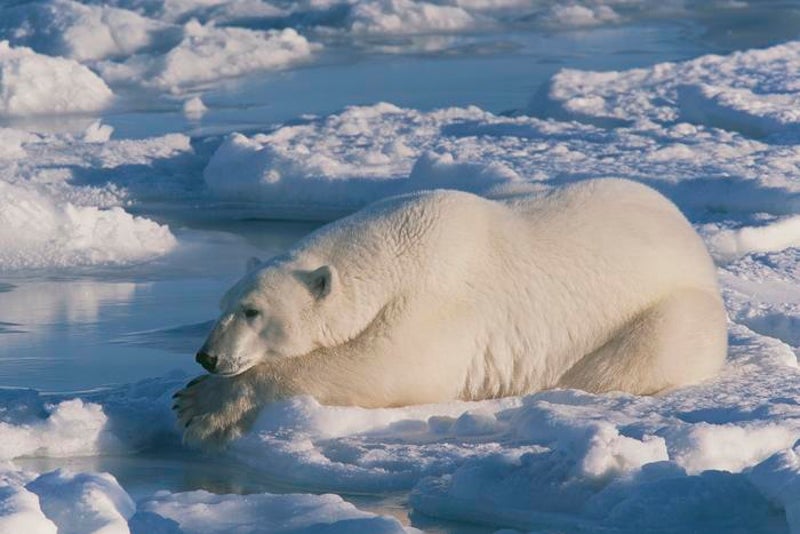In addition, they measured how well ice sticks to fur, whether water can be shed before it freezes, and how long it takes for water to freeze at temperatures on a given surface, comparing the performance of polar bear fur to human hair and specialist human-made “skins.”.
In contrast, when the polar bear fur was washed and the grease largely removed it performed similarly to human hair, to which ice sticks easily whether it is washed or greasy,” he explained.
New research on the species’ fur sheds light on our understanding of the species’ survival in harsh climates] “Unwashed, greasy hair made it much harder for ice to stick.
The analysis revealed a surprise: Polar bear sebum did not have an ingredient found in human hair and in the hair of other aquatic animals, like sea otters.
The grease, also known as sebum, is made up of cholesterol, fatty acids and compounds that make it hard for ice to attach to the animals’ fur.






















